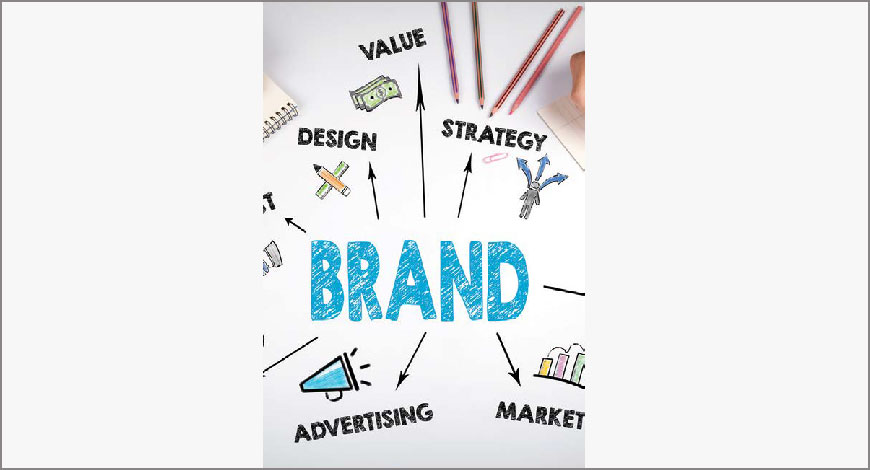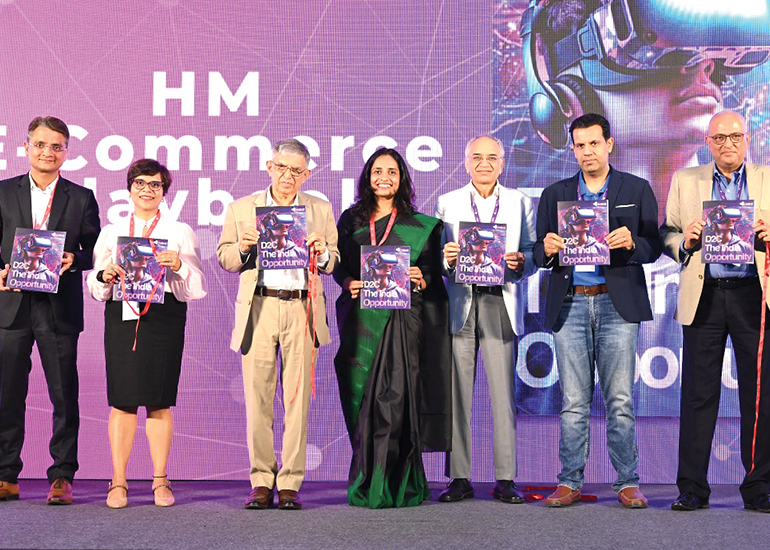 An import from Psychology, the concept of ‘brand image’ has been prevalent in the world of marketing and advertising right from the 1960s. Though understood in various ways, at least three generations of marketers from the print era to the present day digital world, have given it undeniable importance. Several types of brand trackers have tried to assess and weigh brand image with mixed success.
An import from Psychology, the concept of ‘brand image’ has been prevalent in the world of marketing and advertising right from the 1960s. Though understood in various ways, at least three generations of marketers from the print era to the present day digital world, have given it undeniable importance. Several types of brand trackers have tried to assess and weigh brand image with mixed success.The very fact that ‘image’ is key proves that reality is subservient to the image. It is no surprise that consumers are not rational beings. But imagery lifts above reality. Positively seen, it discounts shortcomings. On the other hand, a poor image can mean that even self-evident truths are not believed.
The pursuit for marketers is therefore to add psychological seasonings to the recipe. The bottom line is that the consumer’s behavior, attitude and beliefs shape a sense of right and wrong. That, in turn, is the coding they apply to brands. Image is what makes a celebrity. Image is what makes voters line up outside a booth. Image is what makes repeat buyers block out contenders.
If image was rational, it would never be called image.
So the billion dollar question is “How does image get shaped and how are brands understood and decoded by consumers?”
Brand image is the realm of imprecision but not make believe. An image is real even if not tangible. It is valued when people pay for goods and services. The lack of a positive image is damnation.
Brand image is nothing but a complex set of associations and interlinkages which a brand may acquire with reference to a consumer.
Everything encountered overtly or subliminally leads to a layer or linkage and impacts brand image. Imagery is a memory map. Hence brands also fade away. Communication is a creator as well as refresher of imagery. We must concede here that beliefs that shape image are not necessarily filtered for veracity. Truth is not a litmus test for image attribution.
An image map consists of a related, integrated structure acquired over time. However, experience and trial may not be a necessary prerequisite to entertaining an image in one’s mind.
Amongst the many sources of brand image are of course the brand name, company name, advertising and media exposure, hearsay, retail memory, class of products associations, physical appearance and other uniquely identifiable attributes. As you may see, an image derived from experience is relevant only for a few of these headings.
The essence of image measurement is to plot a brand in relative terms when it’s a free choice environment. Hence comparative ranking, absolute measures, verbal personification, numerical weightage and spatial ranking all play a role in deciphering the brand image of one brand versus competitors.
Attribute by attribute, brand by brand, we can arrive at a current standing. However, one never steps into the same river twice. Every moment, the ranking and relativities change. Over time, exaggerated differences normalize. Time tests brands.
Now let me move to the one thing that most significantly shapes image, namely marketing communication. The image we entertain of anything in our mind is in fact a reaction. It is an emotional response.
When we get a stimulus, it elicits our response. People respond differently to stimulus. However if one sees attitudes based on universal psychological stereotypes, one is then able to get a broad sense of the attitude clusters and the images they are likely to form as a response to a given stimulus. Higher mental processes which encompass almost all commercial and economic behaviour almost never have mechanistic or auto responses because self-interest makes humans learn. This learning is an intervening variable. Now, consider product experience. That’s an intervening experience. This in turn gets shaped by habit, motives, influencers. All of that colors how stimulus is perceived. The tone matters, as does the semantics and imagery. Literal meanings are rarely taken at face value. People think and decode and they feel and emote.
Attitude is a generalized viewpoint whereas stimulus is specific. There is a lot that happens beyond cognition and below the threshold of awareness. We are for or against innumerable things. But the underlying reasons for our like or dislike are not entirely known to us either.
Attitudes are ardently colored points of view that impact action, irrespective of whether they are rationally valid and unmindful of a clear awareness of their reasons. That is why a study of attitude helps us gauge direction, rather than predict the magnitude of change on the part of consumers as a class.
Expectations, intentions, notions are parts of the same continuum. A consumer’s opinion may be just as strong – or perhaps even more vehement – in areas beyond his control, as it is in areas determined by his own action.
I conclude by making a confession. In my experience, quantitative methods are lame when it comes to any interpretive study of brand imagery. At best, it will measure and rank consumer votes on attributes. Therefore a qualitative understanding of brand image needs to be more resolutely implanted in understanding consumer choice. Amen!
The author is a marketer who writes on brandbuilding, politics and communication.























